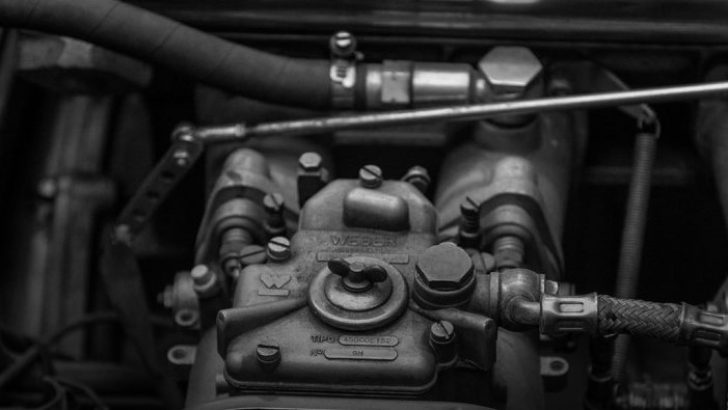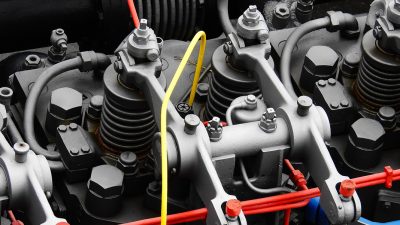How and When to Clean an EGR Valve

An understanding of the functions of an EGR Valve.
An average car’s EGR valve has a lifespan of approximately 10 years in service. Proper maintenance of the valve is a must if you want to avoid any performance related issues on your car. If you notice a smell of fuel that comes out from under the hood or rough idling, then it might be time to replace the valve. In most cases, though, you do not need to toss it out just yet. The problems could arise when there is too much carbon and gunk that accumulate on the valve over time, which prevents it from functioning efficiently.
When this happens, it is important to know the proper way to clean to avoid the aforementioned issues from happening.
EGR Valve Explained
The EGR Valve is one of the vital components of your vehicle’s engine. EGR stands for exhaust gas recirculation. Therefore, the valve is a type of emissions-control device that is located between the exhaust manifold and the intake manifold. This is normally closed by the time you turn on the engine. However, once the engine heats up and under load, the valve will eventually open up. This process enables a certain amount of burned exhaust gas to enter the intake manifold before it re-introduces fresh air into the engine.
While this step might seem counterintuitive, it makes it possible for modern engines to run efficiently and for longer. The combustion mix maintains the lower combustion temperature that keeps the NOx emissions low, as well. The exhaust fumes are definitely beneficial but they can clog the valve once they accumulate over time. This can cause clogs on the valve and a host of other engine problems.
Experts agree that the valve must be cleaned every few years. You can use the 50,000-mile gauge as a point of reference for when you need to do the cleaning.
When Do You Know It is Time to Clean?
Now that you understand the function of the EGR valve and why it might need cleaning, the next step is to determine when cleaning should be done or necessary. This is an important step to know because a lot of people end up throwing away their valve when in fact a little cleaning could still restore its function.
The EGR Valve is emission-related so the symptoms are not too obvious. But if you know what to look for, then you can tell that it is time to clean your valve. These are some of the symptoms to look out for:
- Difficulty in starting the engine
- Rough idle
- Engine vibration
- Poor acceleration of the engine (during drive)
- Engine easily running hot
- Engine ‘ping’ when under load
- Smell of unburned gas fumes
- Decrease in gas mileage
How to Clean an EGR Valve
Follow this step-by-step guide on how to clean an EGR valve to optimize the performance of your vehicle.
- Before you start cleaning, make sure you place your car on a flat and even surface. Make sure it is in “Park” position and all of the brakes are engaged. Switch off the car engine, as well. Take off the cables on your battery’s negative terminal.
- Find the EGR valve. There are three types that vary according to the make and model of your vehicle: vacuum-controlled unit, electronic vacuum-controlled valve, and electronic-controlled digital valves. Check the manual for your vehicle so you can determine the type of EGR valve on your vehicle (and to determine its precise location).
- Remove the valve and make sure to remove any other parts that are in the way. Unplug electrical connectors that might be attached to the valve. Remove the mounting bolts of the valve by unscrewing them. Make sure to remove the gasket, too. If the gasket is damaged or there are signs of uneven wear, toss it away and replace it.
- To clean the valve, wear an acid-resistant pair of gloves. Put on safety glasses, too, as the carbon deposits could become airborne in the process. Spray the EGR valve cleaner onto the carbon deposits. Remove the carbon buildup with the use of a pipe cleaning brush and dull scraper. Repeat the entire process until all of the carbon deposits have been removed. Wipe off the surface using a clean piece of cloth.
- If the valve is hard to clean using the pipe cleaning brush, consider soaking it in the cleaning solution for a few minutes. Make sure to remove the plastic and electronic parts when you do. After soaking, repeat the brushing process again.
When you are done cleaning, replace the EGR valve to its original location. Check to see if the device works. You will know that the cleaning was a success if the Check Engine display is no longer on.
Source: industrytoday





